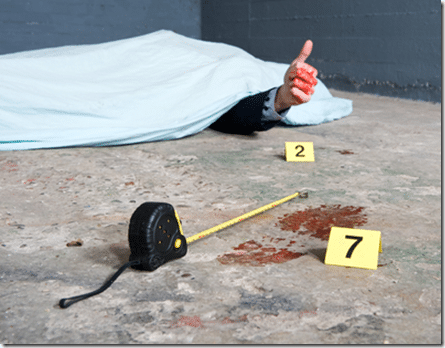Originally posted on June 19, 2017 @ 8:46 AM
Investigations and Heuristics

We make most of our decisions each day through heuristics, this is how we become fast and efficient in decision making. When we first learn anything we are slow and build up heuristics through experience. Our experience gives us thousands of mental short cuts, we learn fast and frugal ways of decision making and this is what heuristics is all about. You can learn more about heuristics here:
https://en.wikipedia.org/wiki/Heuristic
Why should investigators know about heuristics? Because this is where most decisions come from. Wouldn’t it be interesting if one of the questions considered by investigators was: what heuristics were nomalised in this place? Was this event created, not by a person’s non-compliance but, between a learned heuristic and a change in context? Could it be that a mismatch between heuristic and turbulence in organisations and context, often set in motion a disconnect and harmful event?
You see, we want people to work in a fast and frugal way. Noone wants a worker who is not quick and efficient. The last things we want on our work team is a majority of beginners who are yet to ‘learn the ropes’. Yet under a behaviourist paradigm and determinist worldview, accidents must have a cause and if we can learn that cause we can stop accidents. If one accepts the erroneous assumptions of behaviourism and determinism such thinking make sense. The trouble is that doesn’t take into account that most decisions are made in a non-conscious way. I explain this in the video Understanding the Unconscious:
Have you ever found your self on a Sunday driving the route to work? That’s your heuristic making decisions. Have you found your self in a habit or an addiction that is hard to break? That’s heuristics in action. Have you discovered that something you have been doing for years under the belief it was efficient was actually not? Like the way you stack the dishwasher or clean the car. That is heuristics in action.
The when we get to work we might find someone over time has learned that a crane on the red line is OK, it doesn’t topple over indeed, there is a few tonne of ‘give’ left. We know that when the light on the car flashes that we are out of petrol we have 50kms left in the tank. These are heuristics. Then when the wind increases undetectably the crane topples over and we run out of gas.
Here are some practical things investigators can do to accommodate heuristic thinking in investigations:
1. Stop thinking in the endless nonsense of ‘root cause’. Greg and I speak about this as part of our Ricky Conversations video series on The Law and The Social Psychology of Risk: https://vimeo.com/167228715
2. Try to understand the context of an incident, what culture has been normalized on site prior to the incident. The culture cloud will help you identify cultural factors at work in organisations: https://vimeo.com/118458068
3. Try to seek out what by-products and trade-offs have been normalized on site that have been established heuristically: https://vimeo.com/118458068
4. Change your questioning away from an imbalance in focus to a triarchic balance exploring the event through workspace, headspace and groupspace factors: https://vimeo.com/143710374
5. Look at how the measures of risk and safety create sub-cultures that mitigate against safety eg. was ‘tick and flick’ a contributor to decision making? https://vimeo.com/81377521
6. Was homeostasis a part of how decisions were being made: https://vimeo.com/124011109
7. What decision making was not written down but was implicit and tacit on site: https://vimeo.com/154685030
If these heuristic questions were considered more in investigations then there would be very different findings than the common behaviourist and determinist methods in vogue at present. There will be no change in the safety blame game without a significant shift in ideology and discourse. This requires much more than just a few additions of positive psychology to an inquiry method but rather a whole new way of seeking out learning and helping in investigations.
If you want to learn more about the Social Psychology of Risk approach to investigations you can eroll in the SEEK Program coming up (http://cllr.com.au/product/seek-the-social-psyvhology-of-event-investigations-unit-2/).
21. ROOT CAUSE from Human Dymensions on Vimeo.



Do you have any thoughts? Please share them below